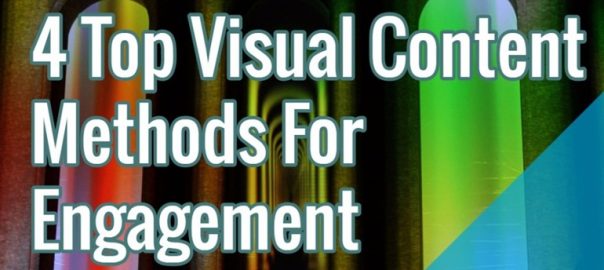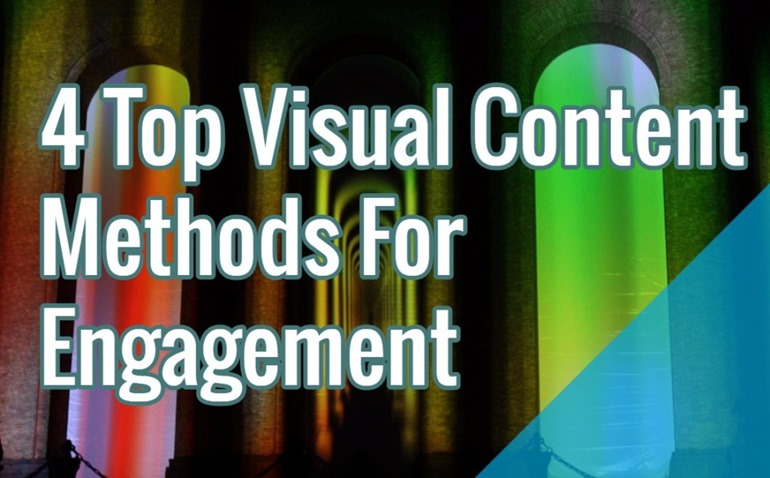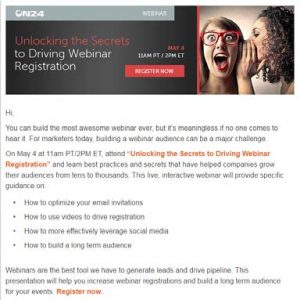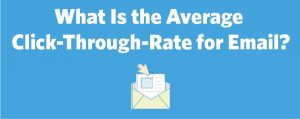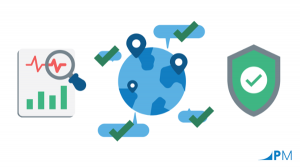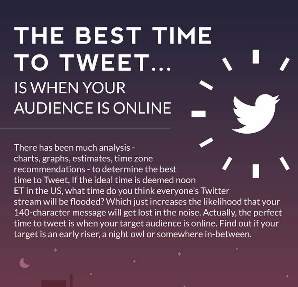With today’s Internet average user getting distracted in as little as 8 seconds and having merely 50 milliseconds to form a first impression, marketers need to design attention-grabbing content that can keep them engaged longer.
Viral-bait-esque, listed posts (like this one that ranks network marketing companies) have been the 2016 darling of attention-grabbing content, but taking it further with visuals always helps.
Because of the way that our brain is wired, visuals and dynamic content immediately grab our attention and deliver key information, in a matter of milliseconds. In fact, a recent MIT study shows that it takes our brain only 13 milliseconds to process an image, as opposed to processing text, which can take twice as much time.
The rapidly growing user bases of photo-centric sites like Instagram (64% increase in active user base in 2014) and Pinterest (111% increase in active user base in 2014), and the fast growth of video consumption are just two of many indicators that consumers are gravitating toward visual content that attracts and retains visitors’ attention.
Here are some of the most effective visuals and interactive content methods that managed to leverage the short attention span of users and generate the most engagement:
1. Images That Spark An Emotion
A great image can achieve more than an entire campaign, by setting a mood or telling a story that triggers a strong emotional response from viewers. Think of how you can offer your audience an exclusive look into your company’s identity and day-to-day going. Set the stage for them to identify with your story and encourage them to share their reactions.
Authenticity and human stories resonate best with your audience. Sensory marketing is another engagement driver when it comes to powerful imagery.
Starbucks is a great example of using images to spark an emotion:
Or this one from GoPro:
Pro tip: Here are different types of images that work best in eliciting emotions, which you can use in your strategy.
2. Interactive Videos
Videos are great for telling stories and getting messages across. This might explain why video content is on the rise, with 78% of people watch videos online every week, while 55% watch videos every day (HubSpot).
Marketers have also come to realize that videos increase the likelihood of a purchase by 64%, making them one of the most attractive types of content today. But with 864,000 hours of video being uploaded to YouTube every day, standing out is a challenge. This is where interactive videos can make a difference. According to Invodo research, 71 percent of consumers said video is the best way to bring product features to life.
Interactive videos can create an opportunity for viewers to connect with you and be actively involved in the conversion process. It’s also more likely to make them come back.
Take a look at this stunning video for Samsung’s GearVR, for example, showing some of the most beautiful sights in the world, all in 4K, in 360°. As you watch the video, you can use your mouse or the A/S/W/D keys on your keyboard (or wave around your phone if you’re on the YT mobile app) to look around in every direction. Recommended viewing in full 4K and on Chrome or YouTube’s mobile app for best results:
Pro tip: Get some inspiration from the makers of this video, Immersive Media, the same people that are responsible for Google Street View, in this interview.
3. Infographics And Interactives
Infographics are a valuable content resource when it comes to engagement. In fact, they are liked and shared 3x more than other types of content. That’s because they offer one of the most effective ways of transmitting information.
Infographics are one of the best ways to help your audience absorb a lot of data points at once is to present them all in a graphic that more easily guides the eye than a huge block of text. Advanced data, mountains of research and seemingly dull stories can take a life of their own when explained in a graphic, colorful infographic. They’re easy to scan and to understand and more likely to be shared.
And research proves that. In 2014, 39% of B2B buyers identified that they share infographics on social media frequently. Moreover, an infographic is 30x more likely to be read than a text article. Just take a look at this infographic by Market Domination Media.
Similar to an infographic but more effective, an interactive is a visualization of data or concepts that visitors can engage with. This type of content invites visitors to explore, click and enjoy the information, leading to more time spent on site, better conversion rates, lower bounce rates and higher rates of social sharing.
Research from PR Newswire shows a 29% increase in online views when interactive media, charts, and graphics are included in press releases featuring photos and video.
Here’s a great example: Bodynutrition.org created this interactive map that has been seen over 77,000 times to explain obesity rates in all 50 USA states. It was also picked up by MedicalNewsDaily and FastCompany:
Simple, but very effective.
Pro tip: When designing an interactive, make sure to engage users in key points of the narrative, that link to what you want them to do next as they go down the conversion funnel. Here’s a bonus guide on how to build an effective infographic.
4. Memes And GIF’s
Memes are not for everyone, but if they suit your brand, you should definitely embrace them as the huge engagement generators that they are. A meme is commonly defined as “an idea, behavior, style, or usage that spreads from person to person within a culture”. On the internet, memes are typically humor-based, and they’re some of the most common types of viral content.
Memes are great at sparking user engagement because they’re funny, easy-to-digest, relatable, trendy, recognizable and extremely shareable. A recipe for user engagement one might same. However, memes have a short lifespan and require a careful approach to humour. If you want to test them, you should try to source humour that will appeal to a wide audience and avoid posting anything that can be construed as offensive in any way.
A great example is Denny’s, who tapped into the Drake dancing phenomena following the launch of his Hotline Bling video, getting a lot of Likes and Retweets on Twitter:
Frequently associated with memes, animated GIFs generate huge user engagement because of their ability to spark a reaction. They’re also supported on a variety of social media channels,
A case study by MarketingSherpa showcases how Dell increased its revenue by 109% thanks to a GIF-centric email marketing campaign:
Source: MarketingSherpa
To promote their XPS 12, the company created a GIF of a convertible tablet and Ultrabook with touch-screen features, resulting in a 6% increase in open rate, 42% increase in click rate, 103% increase in conversion rate, and 109% increase in revenue.
Pro tip: You can use sites like KnowYourMeme.com or Meme Generator to find more information on the most popular memes right now. Also, to create animated GIFs, use Flixel to isolate still frames and apply effects via GifMaker to put them in order, select animation speed, and output preferences for exporting.
Conclusion
Well, there you have it, the most popular and shareable types of visuals and interactive content that marketers can use to increase user engagement and expand their reach.
The best ones are the ones that appeal to your audience. That means you have to test and measure, to get a sense of how you can mix these content types to reach your marketing objectives.
Hand-Picked Related Articles:
* Adapted lead image: ![]() Some rights reserved by blondinrikard
Some rights reserved by blondinrikard
4 Top Visual Content Methods For Engagement
The post 4 Top Visual Content Methods For Engagement appeared first on Search Engine People Blog.
Search Engine People Blog(125)
